Social Security Disability Insurance ‘Date Last Insured’
In casual conversation, people often make off-hand references to Social Security payments as a short hand for any of the benefit programs that the Social Security Administration (SSA) oversees. Those applying for disability benefits from the SSA should be aware that there are two different types of disability programs for which a person can file: Disability Insurance Benefits (DIB) and Supplemental Security Income (SSI). While the programs both judge applicants’ disabilities in the same manner, a person’s qualification for DIB is based in part on his or her work history. It is important for applicants to understand how their employment histories determine their qualification for DIB based on their ‘Date Last Insured’ (DLI).
How DIB Works
DIB operates in a manner somewhat like a traditional insurance program: people pay policy premiums in order to be covered in the event that they become disabled and are unable to work. The premium payments come out of a person’s paycheck in the form of payroll taxes called Federal Insurance Contributions Act (FICA) taxes. People need to pay into the program through FICA taxes for a certain amount of time before they qualify to start drawing benefits.
What is a Date Last Insured?
The DLI is the last date at which an applicant met the insured status to qualify for DIB benefits. In order to be eligible for DIB, an applicant must pass the ’20/40 test.’ This means that an applicant must have worked 20 of the last 40 quarters before the person became disabled. The SSA breaks each year down into four quarters, so an applicant must have worked five of the ten years prior to becoming disabled to pass the 20/40 test.
The longer that an applicant is out of the work force, the fewer quarters he or she will have worked in the 10 years prior to becoming disabled.
What Does the Date Last Insured Mean for an Applicant?
If an applicant becomes disabled after the applicant’s DLI, he or she will not qualify for DIB benefits. Such an applicant may still be able to apply for SSI, as that program is based on need and not work history. However, people are more likely to want to receive DIB benefits, as the payments are higher and DIB does not have asset restrictions like SSI does.
If an applicant applies for DIB after his or her DLI, he or she may still be eligible for DIB benefits as long as he or she can prove that his or her disability onset date was before the DLI. There are several factors that a person needs to take into account when applying for Social Security disability benefits and it is often helpful to have someone familiar with the process to guide a person through the application. If you are considering applying for Social Security Disability benefits, do not hesitate to contact an experienced Michigan DIB attorney who can assist you in the application process.

